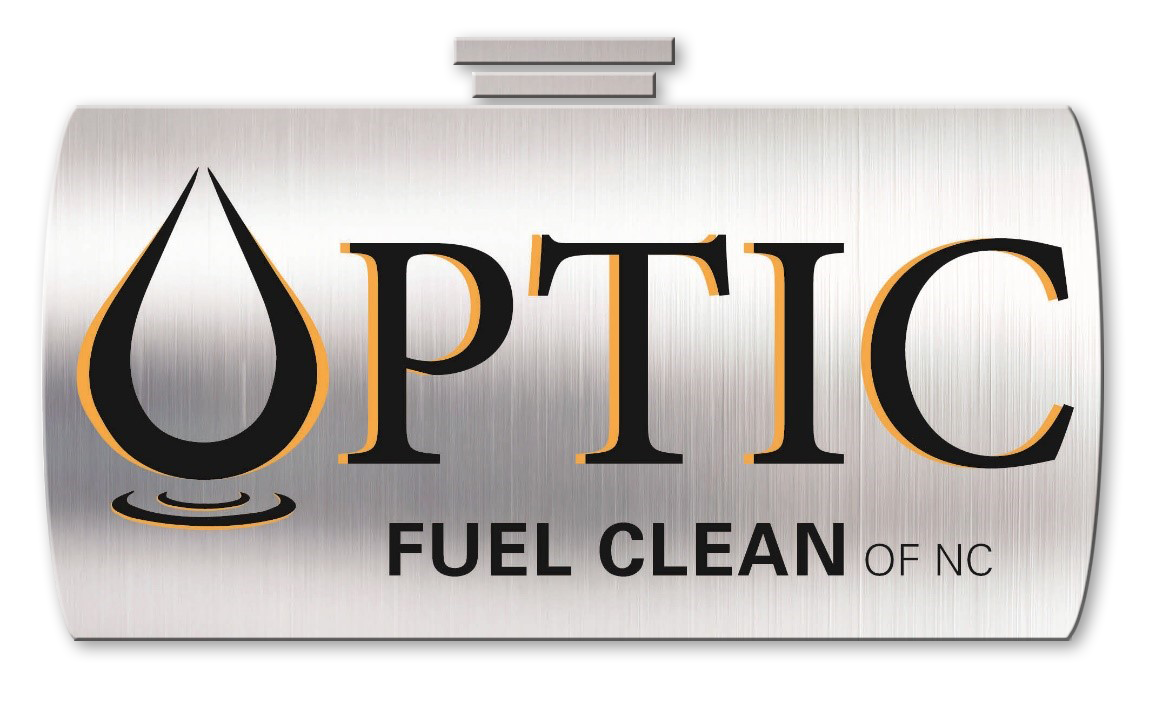What experts are saying about fuel tank maintenance.
With higher fuel prices affecting tank system owners and managers, employing the best in-tank inspection methods becomes increasingly important. We provide the inside information that tank owners need through the unprecedented use of fiber-optic technology.
Fuel storage tanks require maintenance. Don’t just take our word for it; read what some other leaders in the industry have to say.
AMERICAN PETROLEUM INSTITUTE
Before returning to service any tank systems affected by floods…
Check dispenser filters and submersible check-valve screens for plugging with dirt or mud
Check tank bottoms for water and debris (due to surface infiltration)
STEEL TANK INSTITUTE
“Poor operations and maintenance procedures for water monitoring and removal from storage systems can lead to a number of problems, from degradation of fuel quality and subsequent vehicle performance, to microbial contamination and damage of the entire storage system.”
“This pertains to all storage systems, both underground and aboveground, constructed of any material and storing nearly any product – gasoline, diesel, residential and commercial heating oils, aviation jet fuel and others.”
NATIONAL ETHANOL VEHICLE COALITION
“Most operating problems with ethanol-fueled vehicles have been traced to contaminated fuel.”
American Petroleum Institute
Ethanol Fuel Blends Require Good Housekeeping?
“Pump out tank bottoms. If water is left in the tank bottom, phase separation can occur when the ethanol blend enters the service-station tank. With phase separation, an ethanol-water solution settles to the tank bottom. Depending on the amount of water present and the location of the pump suction near the tank bottom, the ethanol-water solution may or may not be delivered to the customer. An engine will not run properly if this solution flows into a vehicle’s tank. Because the ethanol separates to the bottom of the tank, the octane level of the fuel is reduced and some of the front-end volatility is reduced– thereby causing problems for the engine.”
STEEL TANK INSTITUTE ON TANK MAINTENANCE
“The primary tank should be inspected monthly for the presents of water. Inspections should take place at the lowest possible points inside the primary tank. Remove any water found. Water and sediment in fuel can cause plugging of filters, also bacterial growth originating from the fuel can cause filters to plug and corrosion of the tanks and lines”

